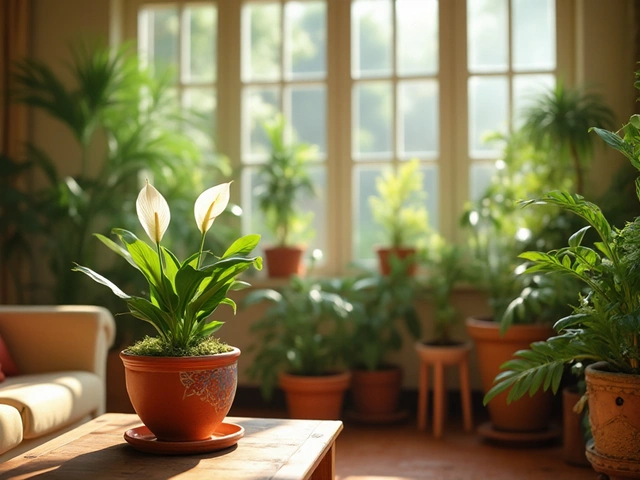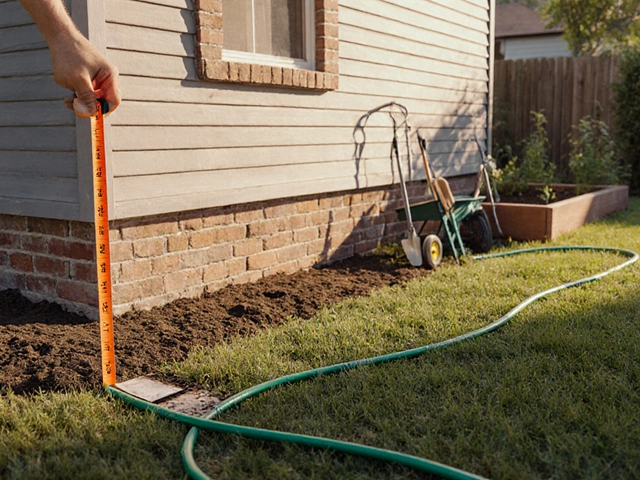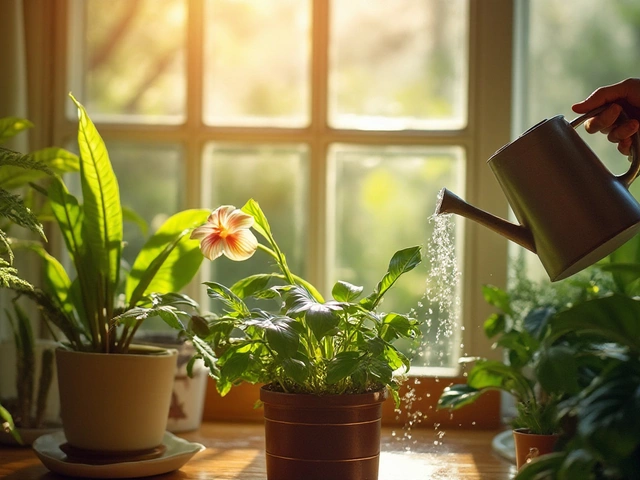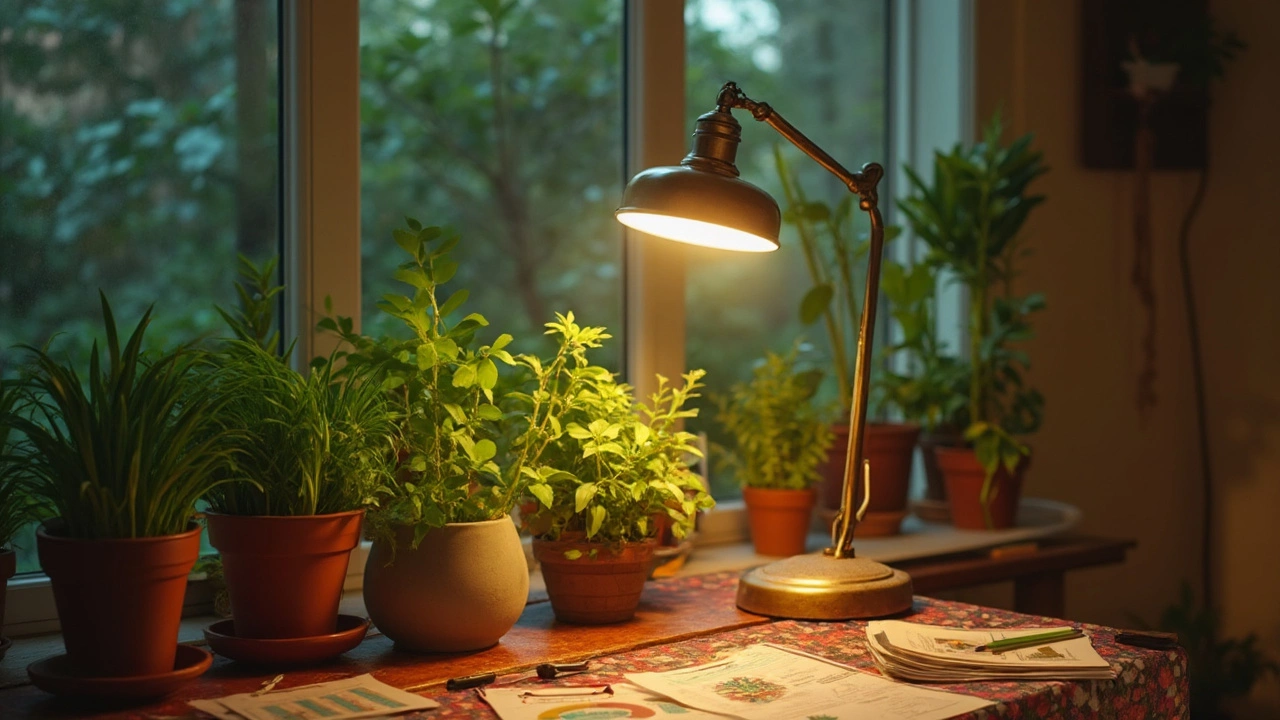Grow Light Guide: How to Choose & Use Lights for Indoor Plants
If your houseplants look droopy or leggy, the problem is often light. Sunlight is great, but most Indian homes don’t get enough direct rays year‑round. That’s where grow lights step in – they act like a mini sun, giving your plants the energy they need to grow strong.
Types of Grow Lights and Which One Fits Your Space
LED panels are the most popular choice today. They use little electricity, stay cool, and offer the right mix of blue and red wavelengths for leafy growth and flowering. Fluorescent tubes are cheaper up front, but they consume more power and can get hot. If you have a tiny windowsill garden, a clip‑on LED lamp works like a charm – just point it at the plant and adjust the height as it grows.
Setting Up Your Grow Light for Maximum Benefit
First, figure out the light intensity your plant needs. Veggies and flowering herbs crave about 400–600 µmol/m²/s, while low‑light houseplants get by with half that. Stick a cheap light meter on the shelf, or simply watch the leaves – if they turn pale or stretch toward the light, you’re not providing enough.
Next, decide on the distance. LEDs should sit 12–24 inches above the foliage. Too close and you’ll scorch the leaves; too far and the plant will stretch. Most lights come with a recommended range – use that as a starting point and adjust based on how fast your plant grows.
Timing matters too. Most indoor plants thrive on 12–16 hours of light per day. Use a timer so the light turns on and off automatically; this mimics natural day‑night cycles and keeps your schedule hassle‑free.
Energy‑saving tip: run the light only when needed. If you have a south‑facing window that gives 4‑5 hours of direct sun, you can cut the artificial light down to 8‑10 hours. This lowers the electric bill without hurting plant health.
Watch for common mistakes. Don’t forget to rotate pots so every side gets equal light – otherwise one side will stay weak. Also, keep the leaves clean; dust blocks light and reduces photosynthesis.
Finally, keep an eye on temperature. Even cool‑running LEDs can raise the ambient temperature a few degrees. If the room gets too warm, open a window or add a small fan to circulate air.
With the right grow light, placement, and schedule, you’ll see faster, greener growth even in a cramped apartment. Experiment, note what works, and enjoy a thriving indoor garden all year long.
Can I Use a Regular Lamp as a Grow Light? What You Need to Know
Ever wondered if your old desk lamp can pull double duty as a grow light? This article breaks down the science behind plant lighting, explains why not all bulbs are created equal, and shares practical tips for getting the most out of your home lamps. We’ll look at the pros, cons, and some budget-friendly alternatives for happy indoor plants. Skip the jargon—just real advice for everyday plant lovers. Expect straightforward answers with helpful facts along the way.
About
Indoor Plant Care
Latest Posts


Why Wash Rice Before Cooking? The Real Reasons Revealed
By Alden Thorne Jun 20, 2025

Top Air-Purifying Houseplants for a Healthier Home
By Alden Thorne Jan 3, 2025

How Far Should a Garden Be From Your House? Practical Setback Guidelines
By Alden Thorne Oct 20, 2025

